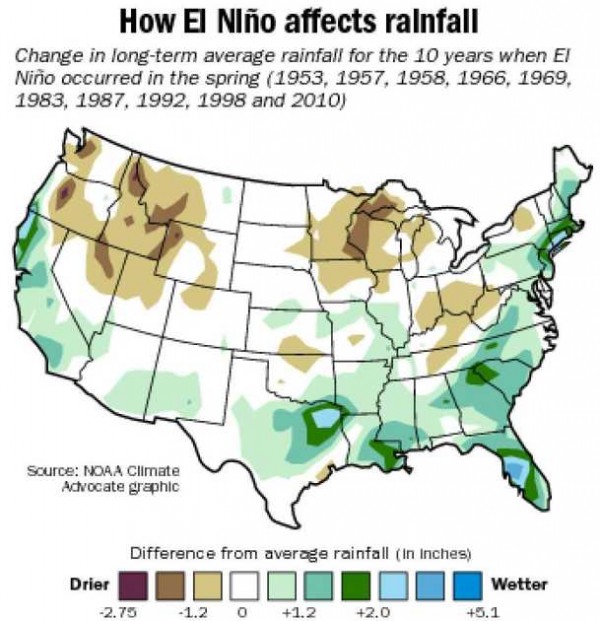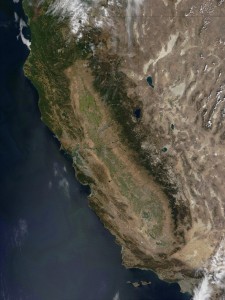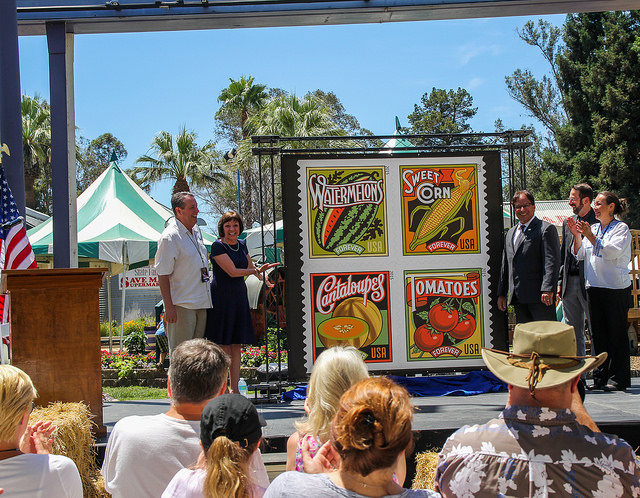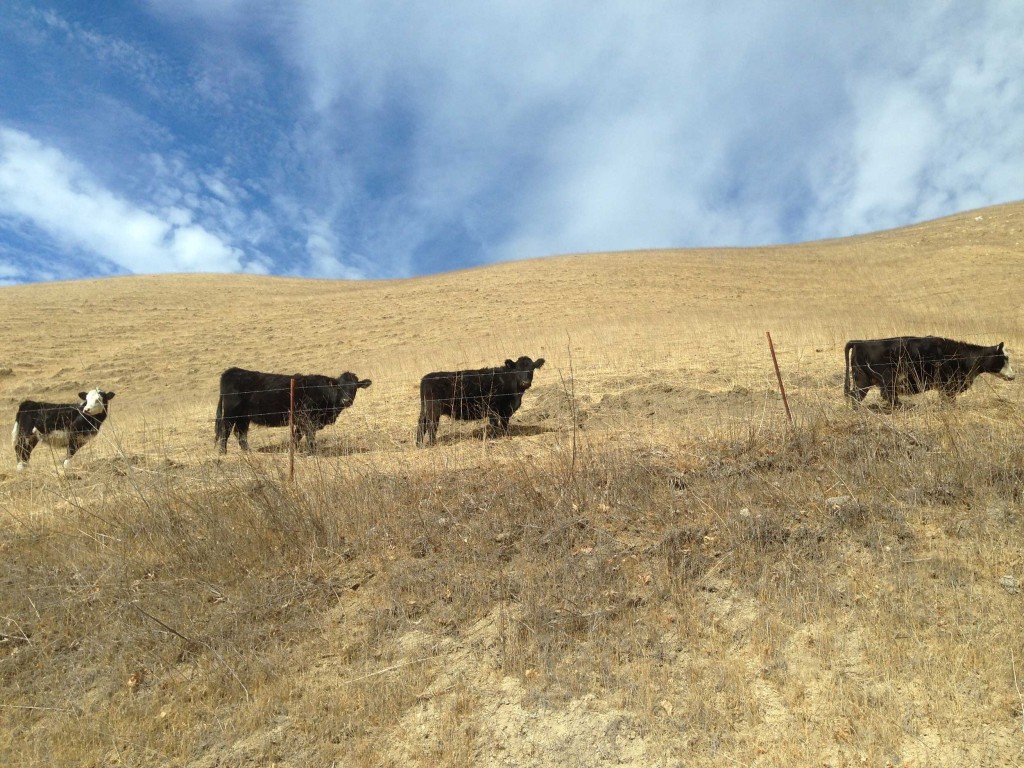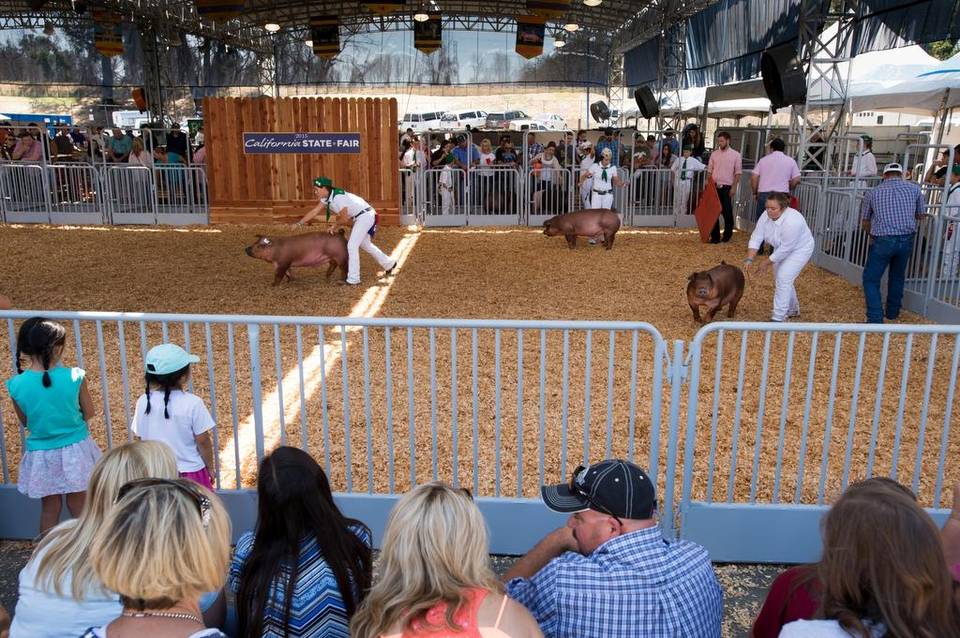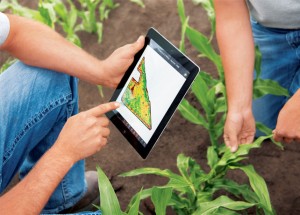By Phillip Reese
The El Niño weather pattern often brings deluges to California, quickly dropping inches of rain in what climatologists liken to turning on a fire hose.
Except when it doesn’t. Except when it brings no extra rain.
El Niño is a hot topic today among water agency managers, farmers and others sick of California’s historic drought. Earlier this month, the National Oceanic and Atmospheric Administration announced El Niño is strengthening, that it will almost certainly continue through next winter in the Northern Hemisphere, and that it will probably last into early spring 2016.
So which El Niño will show up? Will it be the El Niño of 1982-83 that doubled rainfall in Northern California? Or the El Niño in 1976-77 that corresponded with one of the worst droughts in recent memory? Will we see another strong El Niño like the one that hit in 1997-98, dropping about 32 inches of rain on Sacramento? Or will it be the strong El Niño of 1987-88, which brought just 15 inches of rain.
“Unfortunately, even a strong El Niño doesn’t correlate to a particular outcome for California,” state climatologist Michael Anderson said in an interview with The Sacramento Bee this week. “There really is no way to lean on this.”
El Niño occurs when water temperatures in the equatorial Pacific Ocean rise by at least half a degree Celsius above normal for three consecutive months. This warming of the vast Pacific typically alters weather patterns throughout the Western Hemisphere. In the United States, the Northwest usually gets drier and the Southwest wetter. Sacramento and Central California, however, sit between these phenomena, so El Niño effects here can go either way.
During weak or moderate El Niño events, in which Pacific water temperatures rise by a modest amount, it’s hard to find a consistent rain pattern in Sacramento, according to a Bee review of data back to 1950. The average precipitation in those years was 18 inches – about normal for the city – and ranged from 7 inches to 31 inches.
Stronger El Niño years – when ocean temperatures rise by a significant amount – are more encouraging. During those years, rainfall in Sacramento averaged 24 inches, roughly 130 percent of normal. Six of the nine strong El Niño years that have occurred since 1950 resulted in more than 25 inches of rain in Sacramento.
“A weak El Niño is not the same animal as a Godzilla El Niño,” said William Patzert, an oceanographer and climatologist at NASA’s Jet Propulsion Laboratory in Pasadena.
El Niños of all stripes are more correlated with higher rainfall in Southern California. That would be nice, several climatologists said, but the rivers of Northern California and the snowpack on top of the Sierra typically provide most of the surface water used throughout the state.
“It seems to take a fairly strong El Niño to increase precipitation in the northern part of the state – and that’s where we need the water,” said Kelly Redmond, deputy director and regional climatologist for the federal government’s Western Regional Climate Center in Reno.
El Niño tends to have its greatest effects in the western United States when the temperature pattern is strong between June and November, Redmond said. Models for that time period this year vary, but, on average, they predict water in the Pacific will settle at 2 to 3 degrees Celsius higher than normal – a very strong El Niño.
The strongest El Niño years were in 1982-83 and 1997-98, with Pacific temperatures peaking at slightly more than 2 degrees higher than normal. During those years, it rained a shocking 37 and 32 inches in Sacramento.
“I think the odds have been slowly rising that it could be a strong one,” Redmond said. “Whether it is among the (largest), time will tell. That’s not out of the question.”
But there are complications. Chief among them is the feared presence of a blob of warm water in the far northeastern Pacific. This warm water and a corresponding “ridiculously resilient ridge” of high pressure has bedeviled forecasters during the drought, pushing rain and snow away from California. Climatologists aren’t sure if the blob will disappear in the face of a strong El Niño or, if not, how the two weather patterns will interact with each other.
“The blob is still there, this blocking ridge,” Patzert said. “Here is the battle: The battle of El Niño and the blob. The blob would tend to keep the Pacific Northwest and Northern California dry.”
One less-than-ideal scenario, Patzert said, would be if El Niño dumped a ton of rain on Southern California while leaving Northern California dry. The result: Southern California would slog through mudslides and flash floods while Northern California remained parched – and most everyone wound up short of water again during summer 2016.
“If you look at its past history, (El Niño) has never been billed as a drought buster,” Patzert said. “Its always been billed as a wrecking ball. It comes at you fast and furious. You are always doing damage control.”
Even if California sees an above average amount of rainfall this winter, it wouldn’t necessarily pull the state out of drought. It’s rained so little for so long that it would take a few sustained years of rainfall to set things right, several climatologists said.
“A wet year would definitely ameliorate some conditions,” Anderson said. It would especially help replenish the state’s reservoirs, he said. But, he added, “groundwater recovery is a much slower process. It takes more sustained wet years to see that turnaround.”
Patzert said El Niño weather patterns are often followed by La Niña weather patterns, and La Niña is correlated with dry years in California. The state has seen mostly dry years interspersed with a few wet periods for much of the past 15 years, he said.
“It was dry, it was wet,” he said. “We thought we were out of it, then we were back in it. It’s like the Godfather: I think I’m out and they keep pulling me back in.”
Despite the uncertainties, climatologists are still keeping a close watch on El Niño. They uniformly say that it’s our best chance of beating the drought, now in its fourth year. Several climatologists are more optimistic today than at other points during the drought.
“El Niño is the great wet hope,” Patzert said. “We are really on our knees about ready to go to our bellies with this drought.”



